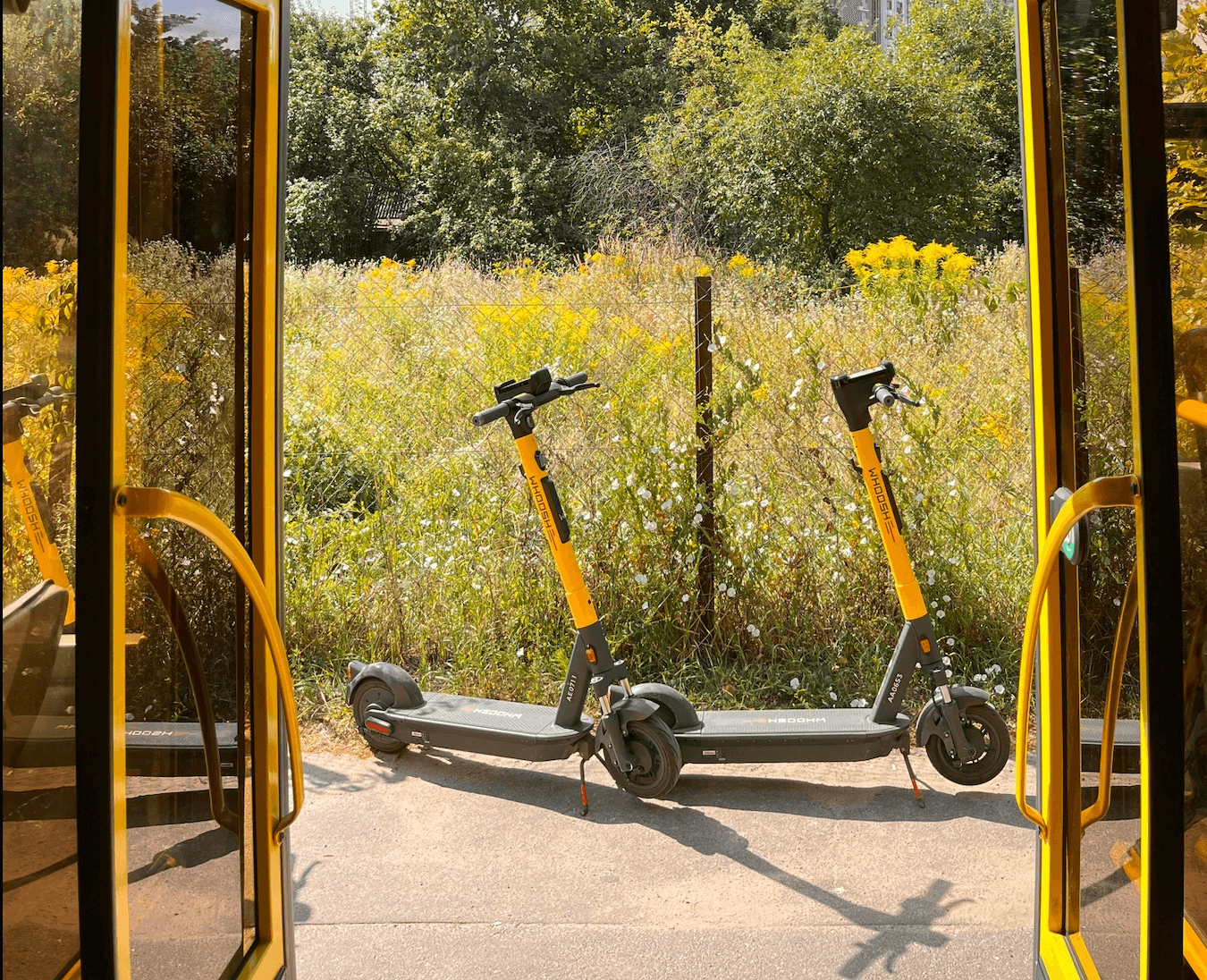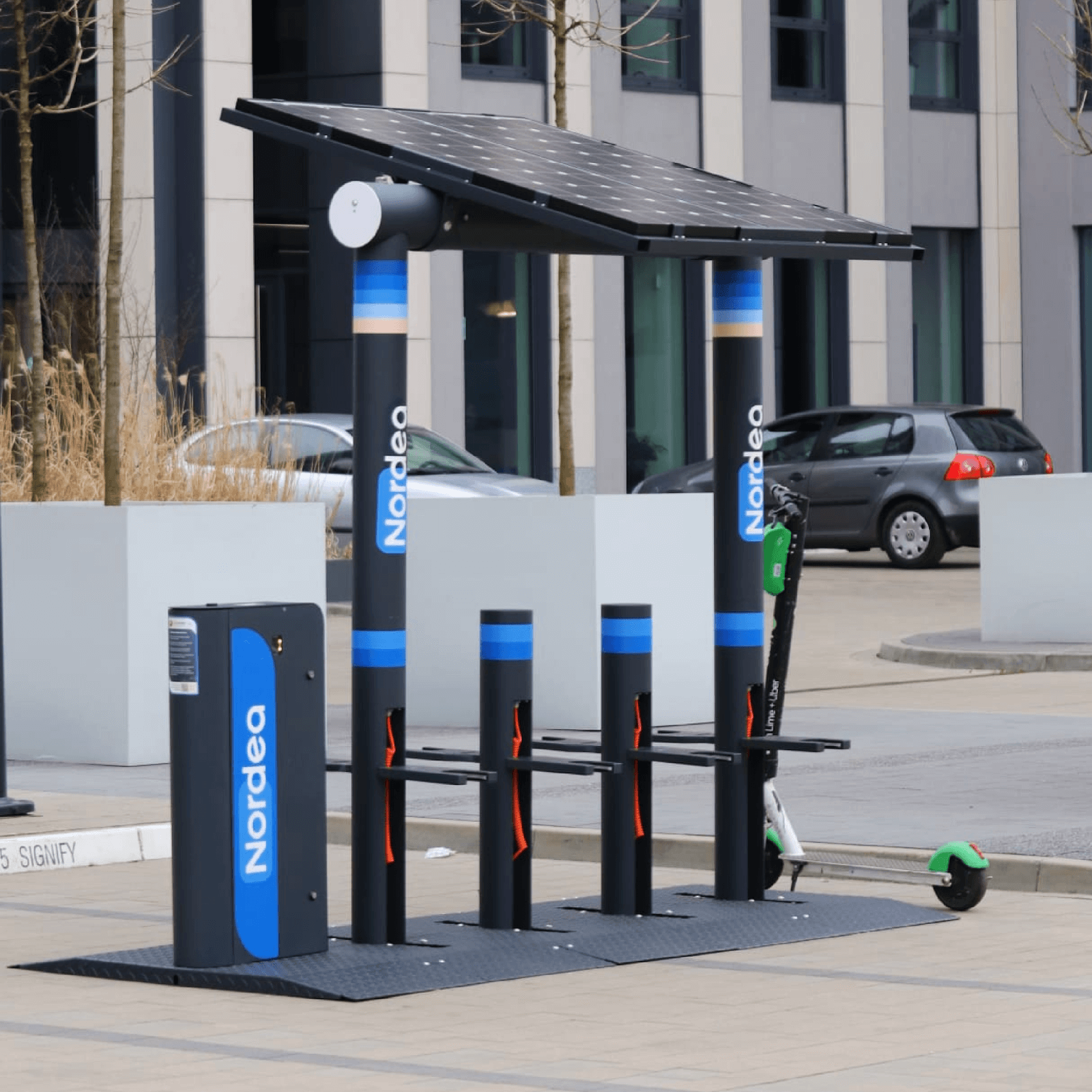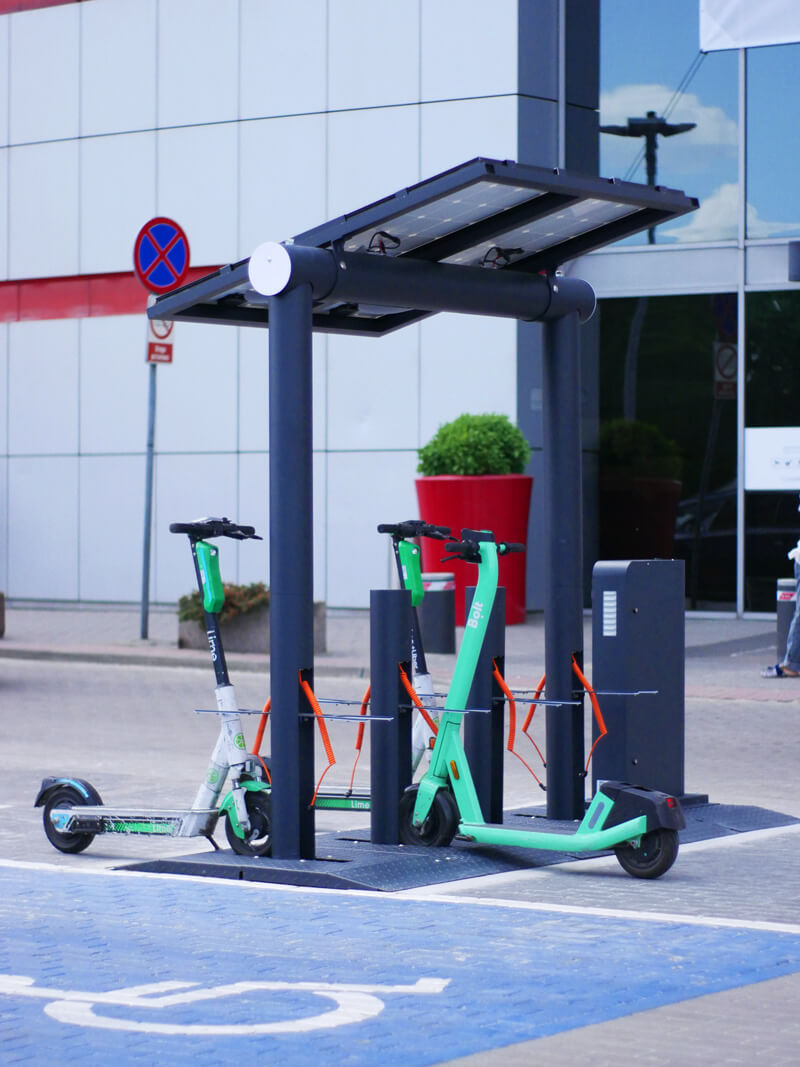Apart from their popularity, over time more and more disadvantages of this technology began to be raised. Today one of main concern is that daily collection and distribution of e-scooters for charging requires long travel distances (made mostly by cars), which is not environmentally sustainable. Hollingsworth et al. (2019) stated that 43% of life cycle carbon emissions are due to daily collection for charging. Their findings indicated that the environmental impact of dockless e-scooters over their entire lifecycle is greater in terms of global warming than using buses. Because of that full potential of e-scooters can only be realized with the strategic implementation of charging stations (which can be used for scooters or bikes). These charging stations are pivotal in addressing some of the most pressing urban challenges. In this article the importance of scooter charging stations is delivered as a transformative element in building modern, efficient cities (Lambros etal. (2023)).





